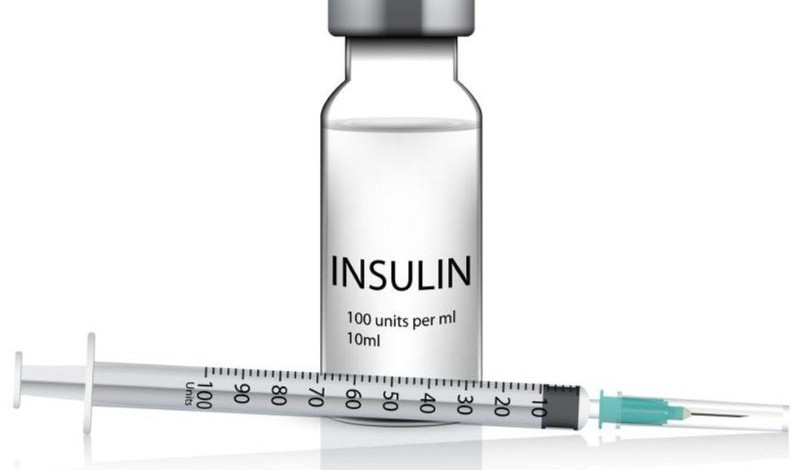Caps are associated with reduction in insulin costs, mainly driven by patients enrolled in health savings accounts
By Elana Gotkine HealthDay Reporter
TUESDAY, March 26, 2024 (HealthDay News) — Insulin out-of-pocket (OOP) cost caps are associated with a reduction in insulin OOP costs, but no increase in insulin use, according to a study published online March 26 in the Annals of Internal Medicine.
Laura F. Garabedian, Ph.D., M.P.H., from Harvard Medical School and the Harvard Pilgrim Health Care Institute in Boston, and colleagues conducted a pre-post study with a control group to examine the effect of state insulin OOP caps on insulin use and OOP costs among patients with diabetes. Data were included from eight states implementing insulin OOP caps of $25 to $30, $50, or $100 in January 2021 and 17 control states.
The researchers found that in the overall population, state insulin caps were not associated with changes in insulin use (relative change in fills per month, 1.8 percent). In intervention states, insulin users had a 17.4 percent relative reduction in insulin OOP costs, which was mainly driven by reductions among health savings account (HSA) enrollees; among nonaccount plan members, there were no differences seen in OOP costs. Insulin OOP cost reductions were larger (40.0 percent) in association with more generous ($25 to $30) state insulin OOP caps, which was mainly driven by larger reductions in those with HSA plans.
“Other policies might be needed to improve access to affordable insulin among commercially insured patients with diabetes who have cost-related underuse,” the authors write.
Copyright © 2024 HealthDay. All rights reserved.








